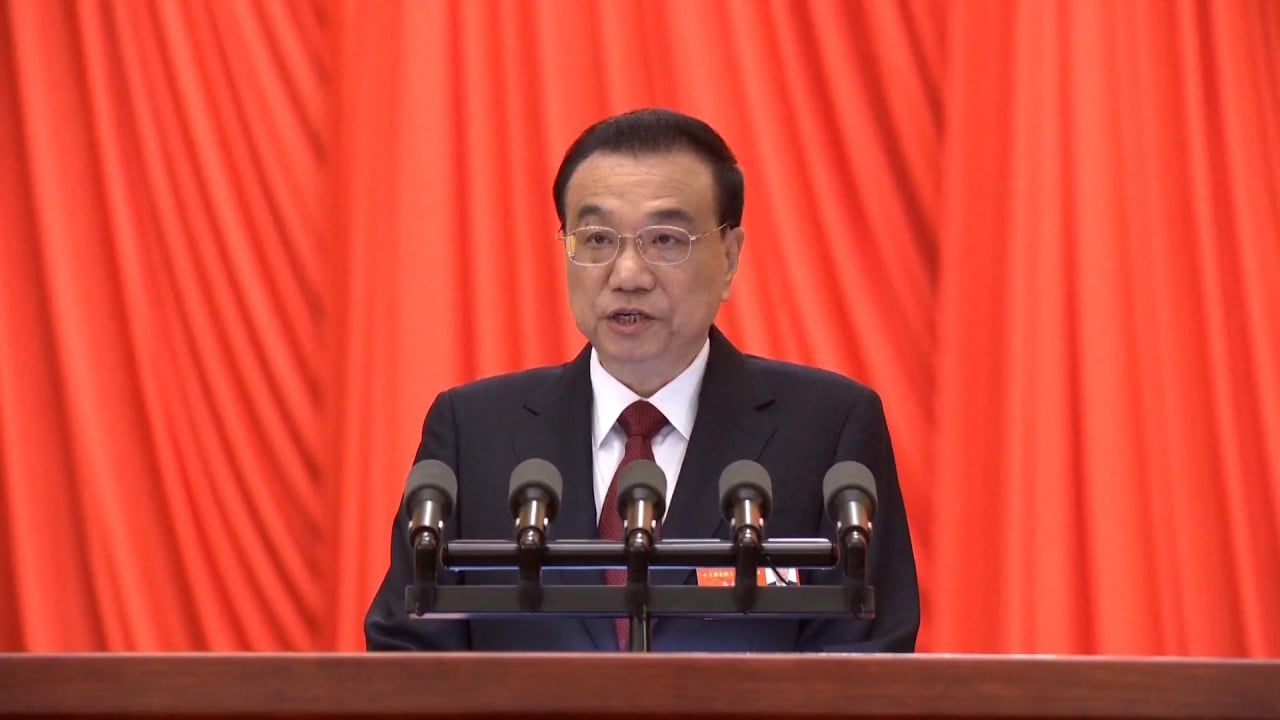
US firms face ‘significant impact’ on revenue as growth slows in China, but Southeast Asia could gain
- China’s economic growth is forecast to slow amid fresh coronavirus outbreaks, denting profits for US firms
- But disruptions to Chinese manufacturing could steer factory orders to Southeast Asia, analysts say
Slowing growth in the all-important China market is likely to hurt revenue among US firms operating in the country, but Southeast Asian manufacturers could gain from disruptions in the world’s No 2 economy, according to analysts.
Slower growth would mean less disposable income for Chinese consumers, especially those left unemployed or cut off from workplaces during current outbreaks, analysts said.
If Chinese market growth slows, there will be a significant impact on these companies’ revenue
“Over the past decade, from Starbucks to Apple, China has typically been a key source of business for US companies, with the Chinese market often accounting for significant proportions of global revenue,” said Zennon Kapron, Singapore-based director of financial industry research firm Kapronasia.
“If Chinese market growth slows, there will be a significant impact on these companies’ revenue, and one that will be difficult to make up in any other global market.”
China’s consumer market was worth about 44.08 trillion yuan (US$7 trillion) in 2021, rising 12.5 per cent from a year earlier, according to the National Bureau of Statistics. China’s State Council forecast at the end of last year the country would become the world’s largest consumer goods market between 2021-25.
Since the late 1990s, Chinese consumer power has attracted American carmakers, food-and-drink companies, hotel chains and consumer electronics firms.
China expects to see about 50 trillion yuan in annual retail sales by 2025
Starbucks, which has 5,400 stores in over 200 cities in China, did not reply to requests for comment. Its smaller American rival, Peet’s Coffee, said the company preferred to “stay low profile”.
But a slump in Chinese manufacturing this year could steer factory orders to Southeast Asia and mitigate any supply chain disruptions, said Rajiv Biswas, Asia-Pacific chief economist with the market research firm IHS Markit.
Indonesia, Malaysia, Thailand, the Philippines and Vietnam are key industrial players in the 10-country Asean region, which has a combined economy worth US$3.08 trillion.
“Southeast Asian manufacturing industries such as clothing, textiles, electronics and auto components could receive additional orders if Chinese manufacturing is significantly disrupted for a protracted period,” Biswas said.
Many Southeast Asian countries could benefit from a Chinese “investment-led” slowdown that pushes commodity prices down, said Gareth Leather, senior emerging Asia economist with Capital Economics in London. He said a dip in consumption would impact Vietnam as an exporter of goods to China.
If Chinese production slows, there could be knock on effects for factories in Southeast Asia that depend on Chinese raw materials, Kapron said.
Some firms are reporting “good profits” with no plans to retrench, but he added it was “less likely” US firms would add to their China investments.
“The recent increase in Covid-19 cases, though small compared to the US, is worrisome because of what might happen to factory productivity and supply chains if zero tolerance fails,” he said.
American aerospace developer Boeing is taking a long-term view of China with no intent to cut costs, it said.
China is the world’s second-largest aeroplane market and will become the largest over the next “several years”, it added.
‘Entirely possible’ China’s population will peak in 2022 as declines continue
Boeing expects China will need 8,700 new aeroplanes valued at nearly US$1.5 trillion in the next 20 years, and “we’ll be a part of China’s fleet growth for years to come”.
The aeroplane maker said it was ready to assist an investigation into a Boeing 737-800 crash, which killed all 132 passengers and nine crew on board in South China’s Guangxi province on Monday.
The crash comes as the company struggles to get flight approval for its newer 737 MAX, which has been grounded in China for nearly three years.


